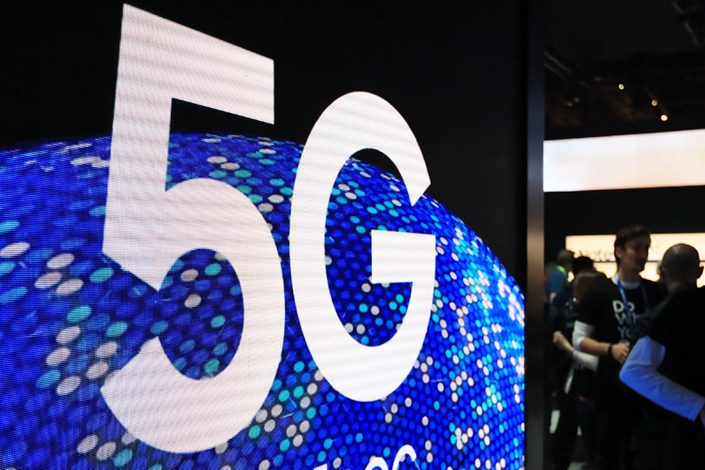Huawei Purge Revives Japan’s 5G Hopes, Once Thought Dead

(Nikkei Asian Review) — The U.S.-led effort to exclude China’s Huawei Technologies Co. Ltd. from global telecom networks proved the opening Nippon Telegraph & Telephone and NEC had sought to forge an alliance for 5G, a field where Japan has struggled to make a mark.
NTT, Japan’s former state telecom monopoly, said in late June that it will spend 64.5 billion yen ($601 million) to buy a nearly 5% stake in NEC as part of their 5G tie-up.
Both strong at home, the partners face a huge gulf between them and the world’s leading telecom equipment suppliers. Huawei, together with Finland’s Nokia and Sweden’s Ericsson, hold 80% of the worldwide market in wireless network base stations. NEC’s global market share is less than 1%.
The Japanese alliance represents their “last chance” to succeed in 5G, NEC CEO Takashi Niino told a June 25 news conference.
One month earlier, NEC and NTT became founding members of an industry group that launched in the U.S. The Open RAN Policy Coalition, with over 40 companies, looks to lower the cost of manufacturing fifth-generation wireless network base stations. Most of the participants are American, but none are from China. This suggests the Open RAN Policy Coalition is part of the U.S.-led pressure campaign against Huawei.
“We were asked directly by the U.S. government to take part in it,” an NTT executive said.
Making base stations out of equipment from multiple suppliers is difficult because there are no common technical standards at the granular level. Part of Huawei’s strength lies in the fact that customers need to keep buying gear from the same source.
The Open RAN was created to break this chain. For NTT and NEC, it also presents a chance to recover lost ground and crack the global telecom equipment market at a crucial juncture.
“NEC has [telecommunications] in its DNA,” said NTT CEO Jun Sawada.
The move comes as telecoms look to cut costs through steps that include diversifying suppliers. One way is to build virtual networks, which make use of off-the-shelf devices and software.
Rakuten Mobile, which debuted in April as Japan’s fourth major wireless carrier, declared itself the first global carrier to use a fully virtual network. The telecom, an arm of e-commerce group Rakuten, says this approach reduces capital spending on 4G equipment by roughly 40%, allowing the savings to be passed on to customers.
Yet Huawei remains a formidable rival. Since the 4G era, the company has poured copious resources into telecommunications network development, forming strong ties with telecoms around the world. It spends roughly $18 billion a year on research and development, and has a cost advantage subsidized by China’s gargantuan demand for base stations.
Open RAN looks to develop low-cost base stations, but there are two other organizations that share that ambition, and one — the O-RAN Alliance — counts Chinese companies as members. The race to establish next-generation communication technology remains a free-for-all.
Japan’s telecom equipment industry has a history of being squeezed by American tech rivals and fading from global relevance. It remains to be seen if NTT and NEC can recover lost ground by moving in the same direction as the U.S.
This story was originally published by Nikkei Asian Review
Contact editor Yang Ge (geyang@caixin.com)

- MOST POPULAR




